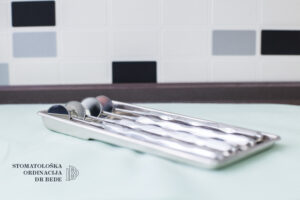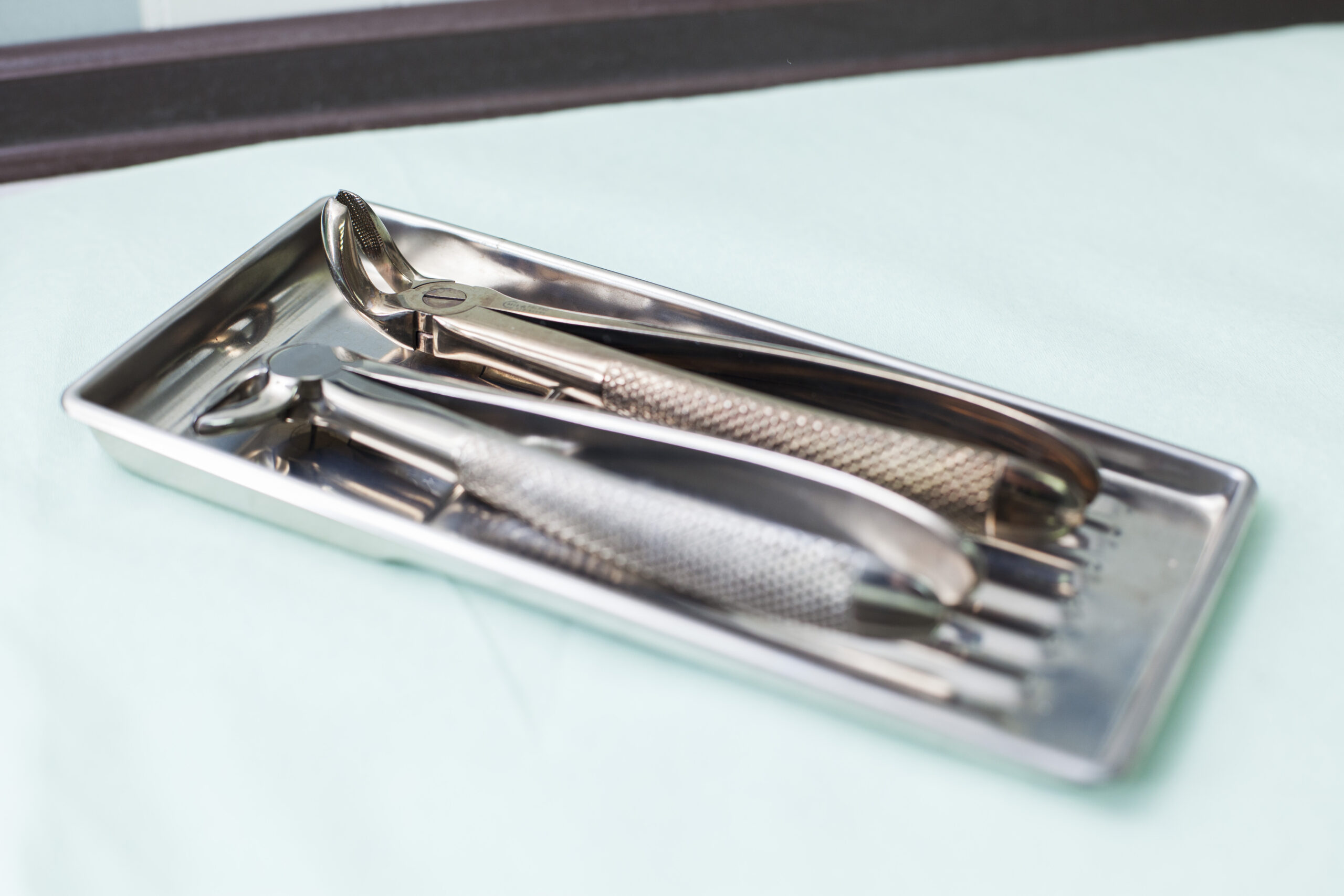Tooth extraction is a dental procedure involving the removal of a tooth from its socket in the jaw. It is a common procedure performed when a tooth is severely damaged or poses a potential source of infection.
When Is Tooth Extraction Necessary?
Tooth extraction may be necessary in the following situations:
- Deep cavities: When a tooth is so damaged by decay that it cannot be restored with a filling or crown.
- Infection and abscess: If the infection reaches the inner part of the tooth and its root, and root canal treatment is not possible or unsuccessful, extraction may be needed to prevent the further spread of the infection.
- Periodontal disease: Advanced gum disease can cause the loss of support for a tooth, making it loose and requiring extraction.
- Injury or trauma: If a tooth is severely damaged due to an injury or fracture that cannot be repaired with restorative procedures.
- Orthodontic reasons: In some cases, teeth may need to be extracted before orthodontic treatment (such as braces) to create enough space for proper alignment.
- Impacted teeth: This often refers to wisdom teeth that have not erupted properly and are causing pressure on nearby teeth or the jaw. Removing them is recommended to prevent gum health issues or problems with adjacent teeth.
- Preparation for prosthetic solutions: Teeth may need to be removed to allow for the placement of dentures, bridges, or implants in the jaw.
Types Of Tooth Extraction

Routine extraction
Routine extraction involves removing the entire tooth without breaking it. This procedure is quick, and recovery is straightforward.
Complicated extraction
If the tooth is broken or needs to be removed in multiple parts, this is referred to as a complicated extraction.
Surgical extraction
This type of extraction is commonly used for wisdom teeth that are not fully erupted. Surgical intervention is necessary to remove the tooth, and the wound is then sutured.
Tips For Patients After Tooth Extraction
What should you do after tooth extraction?
- Keep the gauze placed by the dentist firmly between your teeth for the next 20 minutes, then remove it.
- If you had a surgical extraction, use cold compresses to minimize swelling. Wrap ice or frozen vegetables in a cloth and apply externally for 2-3 minutes, then take a break for about 45 minutes. Repeat this several times on the first day. Swelling may also appear within the first 48 hours, but cooling is effective only in the initial hours.
- Maintain regular oral hygiene. Clean the wound and stitches (if present) with gauze or a cotton swab.
- Take painkillers as needed. It’s best to use something you typically take for headaches (e.g., Ibuprofen). Avoid medications containing acetylsalicylic acid (e.g., Aspirin, Andol) as they can prolong bleeding.
- Take antibiotics only if prescribed by your dentist.
- If prolonged bleeding, fever, pus, or pain unresponsive to painkillers occurs, contact your dentist immediately.
What should you avoid after tooth extraction?
- Do not eat anything until the anesthesia wears off to avoid biting and injuring yourself.
- Avoid hot food and drinks for the first 24 hours.
- Do not rinse your mouth with any solutions or swish liquids around in your mouth.
- Do not touch the wound with your tongue or fingers.
- Do not apply heat to the treated side, hold your hand or tissues over it, or sleep on that side.
Frequently Asked Questions
How should I prepare for tooth extraction?
Before the extraction, eat and brush your teeth thoroughly to ensure your mouth is as clean as possible. Also, inform your dentist if you are taking any medications regularly or if you have any allergies.
What are the possible complications during tooth extraction?
Complications may include tooth fracture, sinus exposure, prolonged bleeding, or infection. These issues are manageable, but you should inform your dentist if you notice swelling, pus, heavy bleeding in your mouth, or bloody discharge from your nose after the extraction.
Tooth extraction during pregnancy?
If necessary, tooth extraction during pregnancy can be performed with the approval of your gynecologist.

